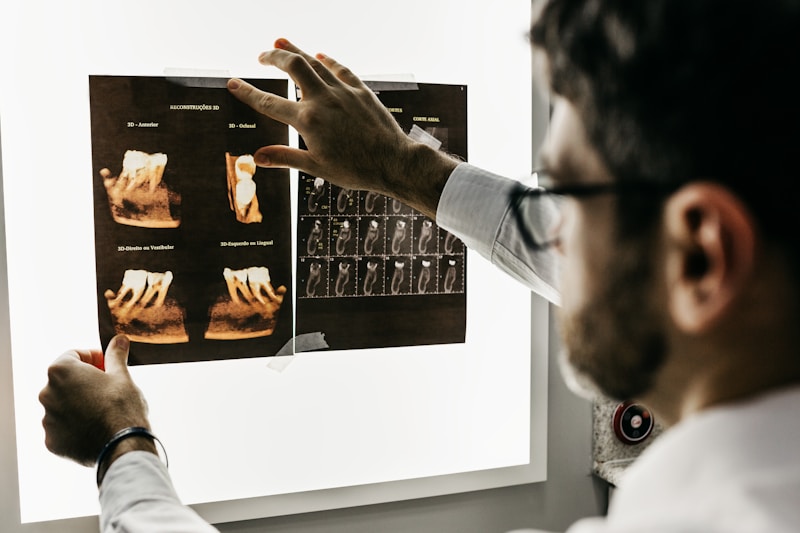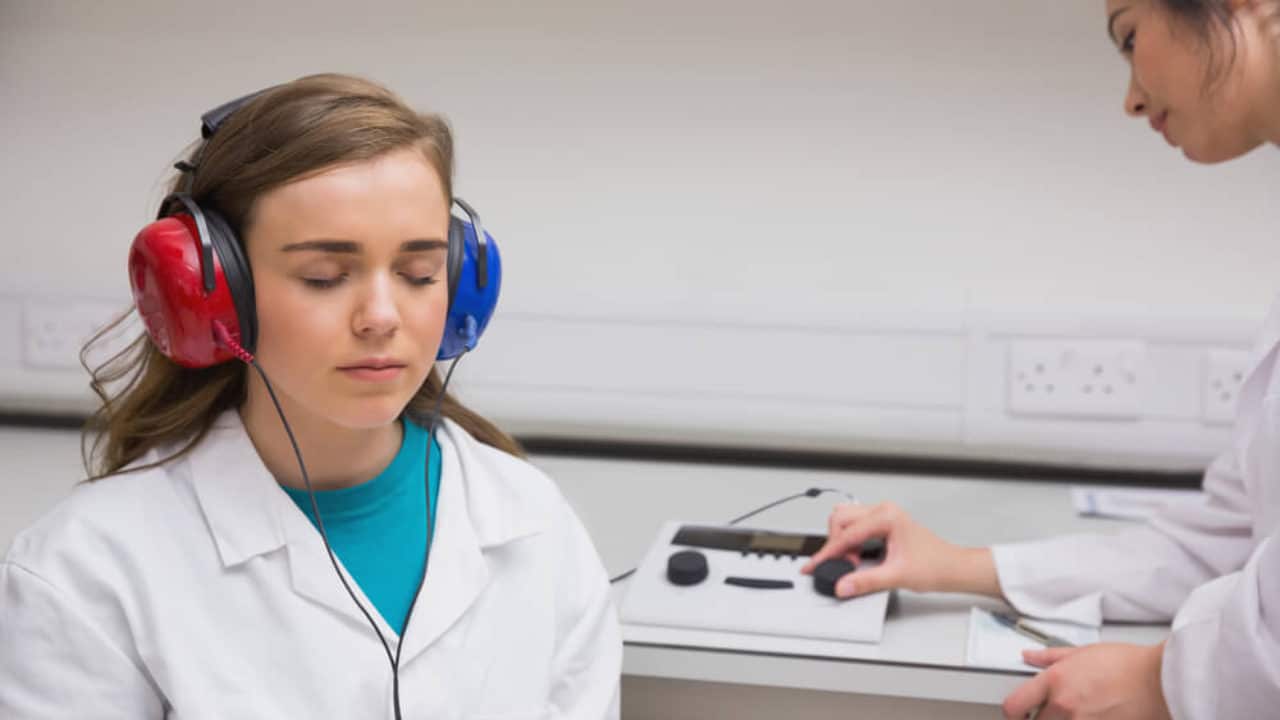Anúncios
Test Your Hearing Online Today

Check Your Hearing Now

Have you noticed yourself asking people to repeat themselves more often? Maybe you’ve been turning up the TV volume, or struggling to follow conversations in noisy environments? These subtle signs might indicate it’s time to check your hearing health. The good news is that taking a hearing test has never been easier, and you don’t even need to leave your home to get started.
Thanks to modern technology, innovative apps and online platforms now offer sophisticated hearing assessments that can provide valuable insights into your auditory health. These digital tools have revolutionized how we approach hearing care, making it accessible, convenient, and completely stress-free. Let’s explore how you can take control of your hearing health with just a few taps on your smartphone. 🎧
Anúncios
Why Your Hearing Deserves Attention
Hearing is one of our most precious senses, yet it’s often the most neglected when it comes to regular health check-ups. Unlike vision tests that many people get annually, hearing assessments frequently get postponed or ignored altogether. This oversight can have significant consequences for your quality of life, relationships, and even cognitive health.
Research shows that untreated hearing loss is linked to social isolation, depression, and an increased risk of cognitive decline. When you struggle to hear clearly, your brain works overtime to fill in the gaps, leading to mental fatigue and frustration. The earlier you identify hearing changes, the more options you have for maintaining your auditory health and overall wellbeing.
Anúncios
The Silent Progression of Hearing Loss
One of the trickiest aspects of hearing loss is that it typically develops gradually. You might not wake up one day unable to hear—instead, the changes happen so slowly that you adapt without realizing it. Family members often notice the signs before you do, which is why they might mention that the TV seems unusually loud or that you frequently misunderstand conversations.
This gradual nature makes regular hearing assessments even more important. By establishing a baseline and tracking changes over time, you can catch potential issues early and take proactive steps to protect your hearing for years to come.
How Modern Hearing Test Apps Actually Work
You might be wondering how an app on your phone or computer can accurately assess something as complex as your hearing. The technology behind these digital hearing tests is surprisingly sophisticated and based on the same principles used by audiologists in clinical settings.
Most hearing test apps work by playing a series of tones at different frequencies and volumes through your headphones or earbuds. You’ll be asked to indicate when you hear each sound, typically by tapping a button or the screen. The app analyzes your responses to create a profile of your hearing sensitivity across the frequency spectrum that matters most for understanding speech and environmental sounds.
The Science Behind the Screen 🔬
Professional hearing tests measure your ability to hear sounds across frequencies ranging from deep bass notes (around 250 Hz) to high-pitched tones (up to 8,000 Hz or higher). Speech understanding primarily relies on frequencies between 500 and 4,000 Hz, which is why hearing test apps focus heavily on this range.
The apps use calibrated sound files and sophisticated algorithms to ensure accuracy. While they’re not a replacement for a comprehensive audiological examination, they provide remarkably reliable screening results that can help you determine if you should seek professional evaluation.
What You Need Before Starting Your Test
Getting accurate results from an online hearing test requires a bit of preparation. Don’t worry—it’s nothing complicated, but these simple steps can make a significant difference in the reliability of your results.
First and foremost, you’ll need a pair of quality headphones or earbuds. The built-in speakers on your phone, tablet, or computer won’t work properly for a hearing test because they can’t deliver sound directly to each ear independently. Over-ear headphones typically provide the most consistent results, though good-quality earbuds work perfectly fine as well.
Creating the Right Testing Environment 🤫
Find a quiet space where you won’t be disturbed for about 5-10 minutes. Background noise can interfere with the test tones, leading to inaccurate results. You don’t need a soundproof room, but a quiet bedroom, home office, or even your parked car can work well.
- Turn off TVs, radios, and other sound sources
- Close windows if you live on a noisy street
- Let family members or roommates know you need a few minutes of quiet
- Silence your phone notifications (or use the testing device in Do Not Disturb mode)
- Make sure your headphones are properly charged or connected
Step-by-Step: Taking Your First Hearing Test
Ready to check your hearing? The process is straightforward and typically takes less than ten minutes from start to finish. Most apps guide you through each step with clear instructions, but here’s what you can generally expect.
After launching the app or website, you’ll usually complete a brief questionnaire about your hearing history. Be honest about any concerns you have, exposure to loud noises, or family history of hearing loss. This information helps contextualize your results and may provide additional personalized insights.
The Testing Process Itself
Once you’ve put on your headphones and found your quiet space, the actual test begins. You’ll hear a series of tones—some loud, some soft, some high-pitched, some low. Your job is simple: indicate whenever you hear a sound, no matter how faint.
Here’s a pro tip: don’t second-guess yourself. If you think you might have heard something, go ahead and respond. The test is designed to find the threshold of what you can hear, so it’s natural for some tones to be right at the edge of your perception. Conversely, don’t click if you didn’t actually hear anything—guessing can skew your results.
Understanding Your Test Results 📊
After completing the test, you’ll receive results that typically include an audiogram—a visual representation of your hearing across different frequencies. Don’t panic if it looks like a complex graph; most apps provide plain-language explanations of what your results mean.
Your results might indicate that your hearing is normal, that you have mild hearing loss in certain frequencies, or that you should consider scheduling an appointment with a hearing healthcare professional. Remember, these apps provide screening results, not medical diagnoses. They’re designed to help you make informed decisions about whether to seek further evaluation.
What the Different Categories Mean
| Result Category | What It Means | Recommended Action |
|---|---|---|
| Normal Hearing | You can hear soft sounds across all frequencies tested | Continue protecting your hearing and retest annually |
| Mild Loss | You may miss some soft sounds or have difficulty in noisy settings | Consider a professional evaluation to explore options |
| Moderate to Severe | You’re missing significant portions of everyday sounds | Schedule an appointment with an audiologist soon |
Beyond the Initial Test: What Comes Next? ✨
So you’ve taken your hearing test—now what? The answer depends on your results, but there are valuable next steps regardless of the outcome.
If your results suggest normal hearing, congratulations! Use this as motivation to protect your hearing moving forward. Be mindful of loud noise exposure, use hearing protection when necessary, and consider retaking the test every year or two to monitor for changes.
When Professional Help Makes Sense
If your test indicates any degree of hearing loss, don’t ignore it. Schedule an appointment with an audiologist or hearing healthcare professional for a comprehensive evaluation. They can conduct more detailed tests, examine your ears for any medical issues, and discuss treatment options if needed.
Modern hearing aids are remarkably advanced, discreet, and effective. Many are virtually invisible and can connect to your smartphone for streaming music, calls, and other audio directly to your ears. If hearing aids are recommended, you might be surprised by how much they can improve your quality of life.
Protecting Your Hearing for the Future 🛡️
Taking a hearing test is an excellent first step, but maintaining good hearing health requires ongoing attention. Our modern world is full of sounds that can damage our delicate auditory system if we’re not careful.
Noise-induced hearing loss is completely preventable, yet it affects millions of people worldwide. The damage occurs when hair cells in your inner ear are destroyed by excessive noise exposure—and unlike other cells in your body, these don’t regenerate. Once they’re gone, they’re gone forever.
Smart Habits for Healthy Hearing
- Follow the 60/60 rule: when using headphones, keep volume at 60% or less and take breaks every 60 minutes
- Wear hearing protection at concerts, sporting events, and when using loud equipment
- Give your ears time to recover after exposure to loud sounds
- Keep earbuds and headphones clean to prevent ear infections
- Manage health conditions like diabetes and high blood pressure that can affect hearing
- Avoid inserting cotton swabs deep into your ear canal
- Stay physically active—good circulation benefits your hearing system
The Technology Behind Tomorrow’s Hearing Solutions 🚀
The hearing health field is experiencing rapid innovation, and the future looks incredibly promising. Artificial intelligence is being integrated into hearing aids to automatically adjust settings based on your environment. Some devices can now translate languages in real-time or enhance specific voices in crowded spaces.
App-based hearing tests are also becoming more sophisticated, with some now able to assess speech-in-noise perception—a crucial aspect of real-world hearing that traditional pure-tone tests don’t capture. These advances mean that the hearing test you take today might offer even more comprehensive insights than those available just a few years ago.
Making Hearing Health a Family Priority 👨👩👧👦
Hearing health isn’t just an individual concern—it’s something that affects your entire family. When one person struggles to hear, everyone feels the impact through repeated conversations, misunderstandings, and the social withdrawal that often accompanies untreated hearing loss.
Consider making hearing tests a regular part of your family’s health routine. Many apps allow multiple users to save individual profiles, making it easy for everyone to track their hearing over time. This is especially valuable for older family members who might be reluctant to address hearing concerns on their own.
Breaking the Stigma Around Hearing Loss
Despite affecting hundreds of millions of people worldwide, hearing loss still carries an unnecessary stigma. Many people associate hearing difficulties with aging or disability, leading them to delay seeking help for an average of seven years after first noticing problems.
This mindset needs to change. Hearing loss is simply a health condition that can be managed effectively with the right tools and support. Just as wearing glasses for vision correction is completely normalized, using hearing aids or other assistive technology should be viewed as a smart, proactive choice for maintaining your quality of life.
Your Hearing Journey Starts Today 🎯
Taking a hearing test with an app is more than just a quick check—it’s an investment in your long-term health and wellbeing. The few minutes you spend testing today could help you identify issues early, protect your remaining hearing, and maintain the connections with people and experiences that make life meaningful.
Don’t wait for hearing problems to become severe before taking action. Whether you’ve noticed changes in your hearing or simply want to establish a baseline for future comparison, there’s no better time than now to check in on your auditory health. The test is free, private, and takes less time than your morning coffee break.
Your ears work hard for you every single day, processing thousands of sounds and helping you navigate the world safely and enjoyably. They deserve a little attention and care. So grab your headphones, find a quiet spot, and take that first step toward understanding and protecting your hearing health. Your future self will thank you for it! 🌟

